You can also use a simple RC charging circuit (where R is tunable) outputting on a comparator. This will provide you with a delayed digital signal, and you can use regular logic gates to command your alarm (be sure the end gate/driver is capable of driving your alarm), e.g.:

simulate this circuit – Schematic created using CircuitLab

The duration can be adjusted in many ways, the easiest would be to change R1 and/or R3. The schematic shows an example with approximately 3.8s of delay, from:
$$1-e^{-\frac{t}{R1\times C}}=\frac{R3}{R2+R3}$$
You can also chain those delay blocks to get higher delays, if the components values skyrocket.
By the way, this is a simplified schematic that's not immune to noise. If you want to avoid the alarm glitching because of noise you'll have to add some hysteresis (c.f. Schmitt trigger). That's not complicated, only a couple of resistors in addition.
Edit: I'm assuming you already have a comparator/buffer following the LDR.

